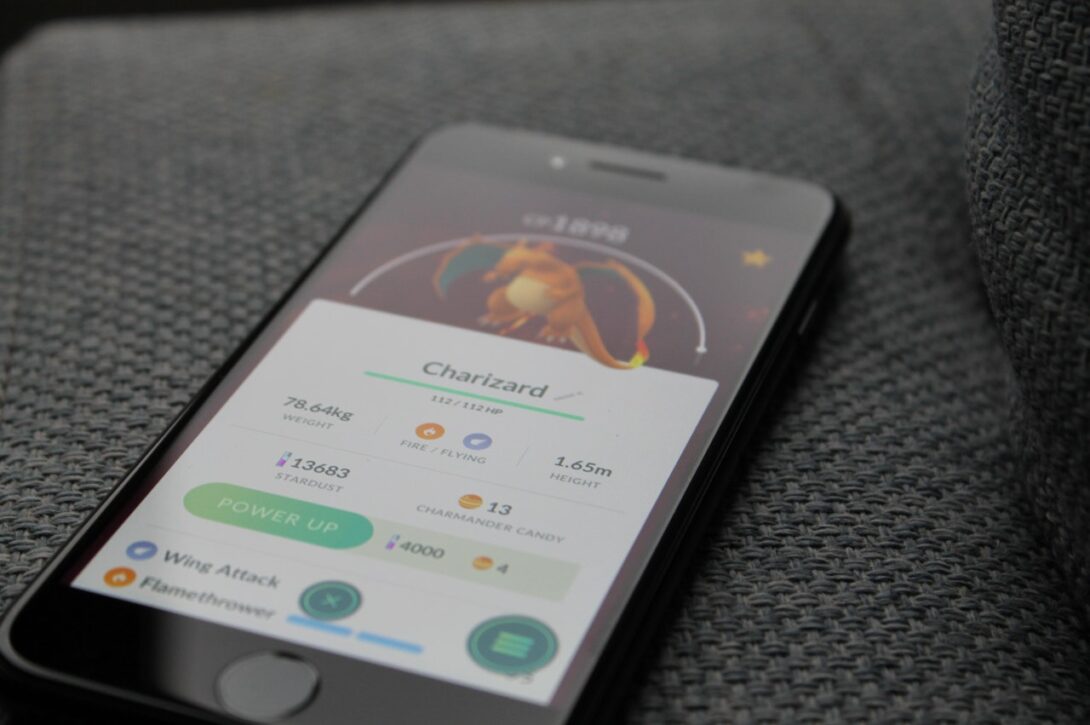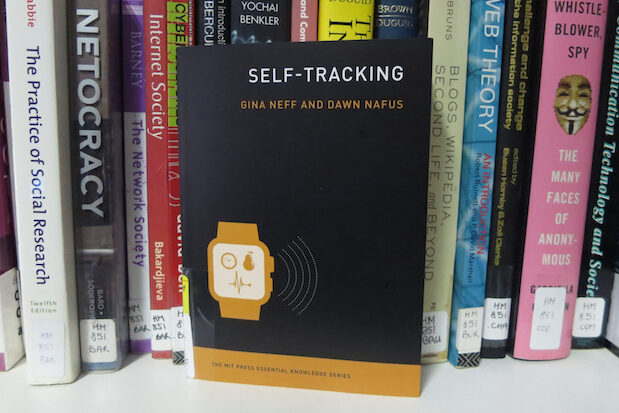Category: Wellbeing
News
- Articles from Policy & Internet
- Books
- Call for Papers
- Child Safety
- Collective Action
- Conferences
- Democracy
- Development
- Economics
- Education
- Environment
- Ethics
- Governance & Security
- Health
- Interviews
- Mapping
- Methods
- Policy
- Politics & Government
- Publications
- Social Data Science
- Submissions Closed
- Tools
- Video
- Wellbeing
-

Why we shouldn’t be pathologising online gaming before the evidence is in
—
in WellbeingNew study suggests that Internet Gaming Disorder (IGD) may not, in itself, be robustly associated…
-

From private profit to public liabilities: how platform capitalism’s business model works for children
—
in WellbeingWhy has platform capitalism come to dominate children’s relationship to the internet and why is…
-

Design ethics for gender-based violence and safety technologies
—
in WellbeingSharing instructive primers for developers interested in creating technologies for those affected by gender-based violence.
-

Social media is nothing like drugs, despite all the horror stories
—
in WellbeingIn reality, social media can have both positive and negative outcomes.
-

How and why is children’s digital data being harvested?
—
It’s time to refocus on our responsibilities to children before they are eclipsed by the commercial…
-

We should look to automation to relieve the current pressures on healthcare
Automation may address these pressures in primary care, while also reconfiguring the work of staff…
-

Psychology is in Crisis: And Here’s How to Fix It
It seems that in psychology and communication, as in other fields of social science, much…
-

Tackling Digital Inequality: Why We Have to Think Bigger
—
While the UK government has financed technological infrastructure and invested in schemes to address digital…
-

Five Pieces You Should Probably Read On: Reality, Augmented Reality and Ambient Fun
—
Things you should probably know, and things that deserve to be brought out for another…
-

Exploring the world of digital detoxing
—
Advocates of “digital detoxing” view digital communication as eroding our ability to concentrate, to empathise,…

